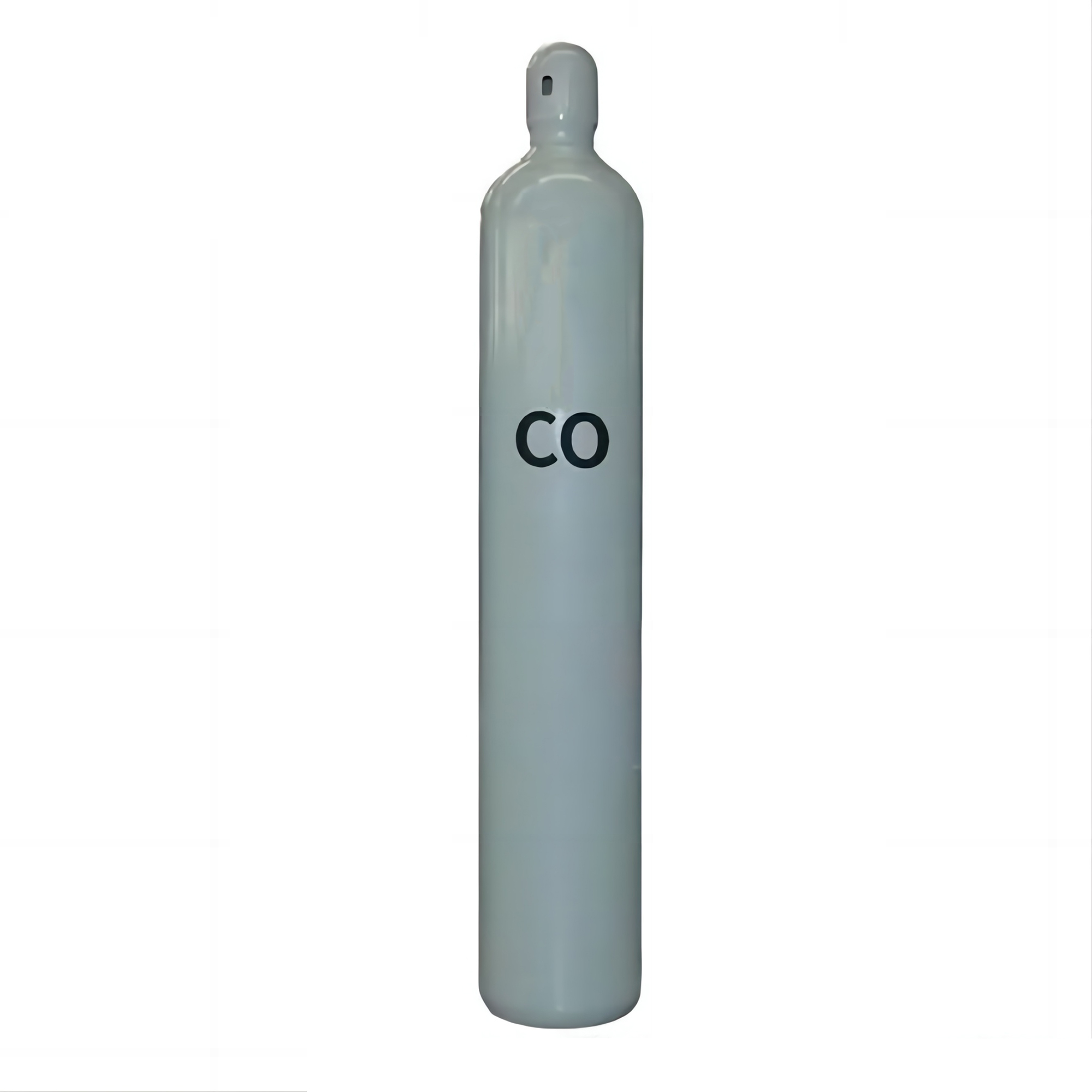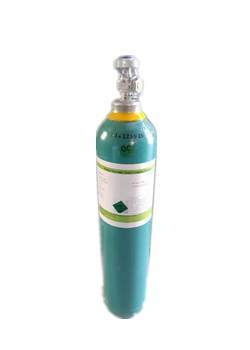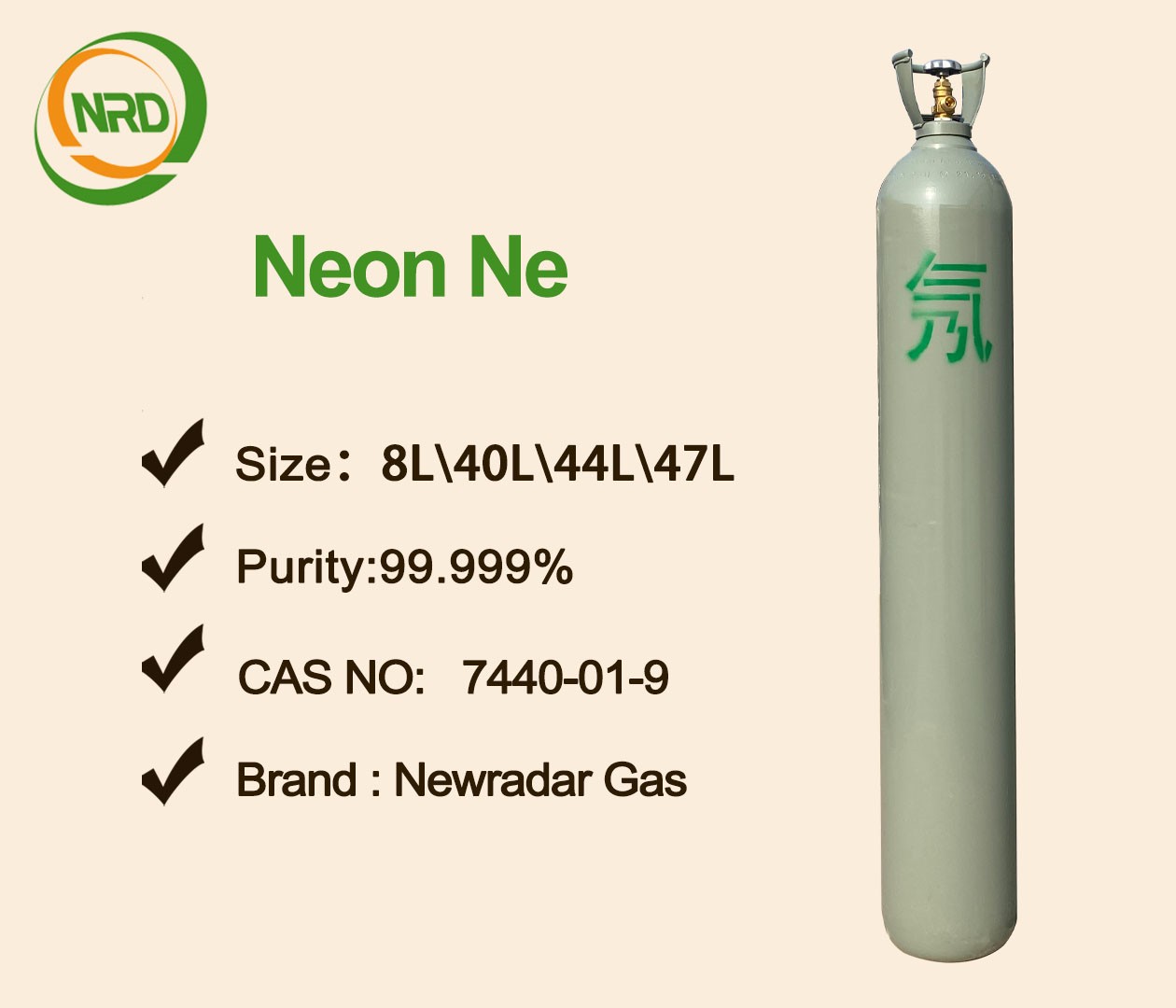What is xenon anesthesia
When one is ill and needs an operation, which anesthetic is the most ideal? In the past, this issue did not attract the attention of ordinary people, but finding a drug with few side effects and good anesthetic effects is really quite meticulous.
Anesthetics are also in short supply at times and must rely on recycling and reuse to meet clinical needs. So, what kind of anesthetic is xenon exactly? How do scientists prepare it and recycle it for reuse?
Xenon, due to its scarcity and high cost, is regarded by the anesthesiology community as the "noble" of inhalation anesthetics.
Xenon is an inert gas that exists in the air of the Earth. Xenon itself is non-toxic. When inhaled by humans, it is excreted in its original form, but it can cause asphyxiation at high concentrations. Xenon has anesthetic properties. The mixture of xenon and oxygen (20% xenon and 80% oxygen) can cause anesthesia to the human body. Xenon mainly exerts anesthetic effects by inhibiting NMDA receptors and acetylcholine receptors in the central nervous system. Clinical research has found that xenon has a strong anesthetic effect, a certain analgesic effect, and requires very few auxiliary drugs. Especially, it induces anesthesia quickly, awakens quickly, and is not easily affected by biotransformation. It is known to be the anesthetic with the least impact on the cardiovascular system. Therefore, xenon is an ideal anesthetic. Xenon gas can be used for anesthesia in various surgeries, such as general surgery, gynecology, plastic surgery and orthopedic surgeries. However, xenon gas is expensive. In clinical use, how to achieve the continued collection and recycling of xenon gas after it is exhaled from the patient's body through breathing has always been an unsolved problem. During clinical surgeries, the tissue metabolism of patients remains normal while they are under anesthesia. Xenon gas, which is used as an anesthetic, is constantly inhaled and exhaled by the patients. While the patient breathes xenon gas, they also constantly exhale carbon dioxide. In this closed-loop respiratory anesthesia device, when the concentration of carbon dioxide accumulates to a certain extent, it will cause carbon dioxide poisoning. Therefore, the mixed gas of carbon dioxide and xenon must be discharged regularly and replaced with fresh xenon.
At present, the only exploitable source of xenon gas is air, and the multi-stage cryogenic refining process has relatively high energy consumption. Meanwhile, the concentration of xenon in the air is extremely low, only 0.087ppm, and the market supply is also very limited. Even if all the high-purity xenon gas produced globally is applied in medical anesthesia, the number of clinical cases it can serve will not exceed 800,000.
- Prev: Electronic Special Gas Development Trend
- Next: None





 Facebook
Facebook YouTube
YouTube LinkedIn
LinkedIn Twitter
Twitter